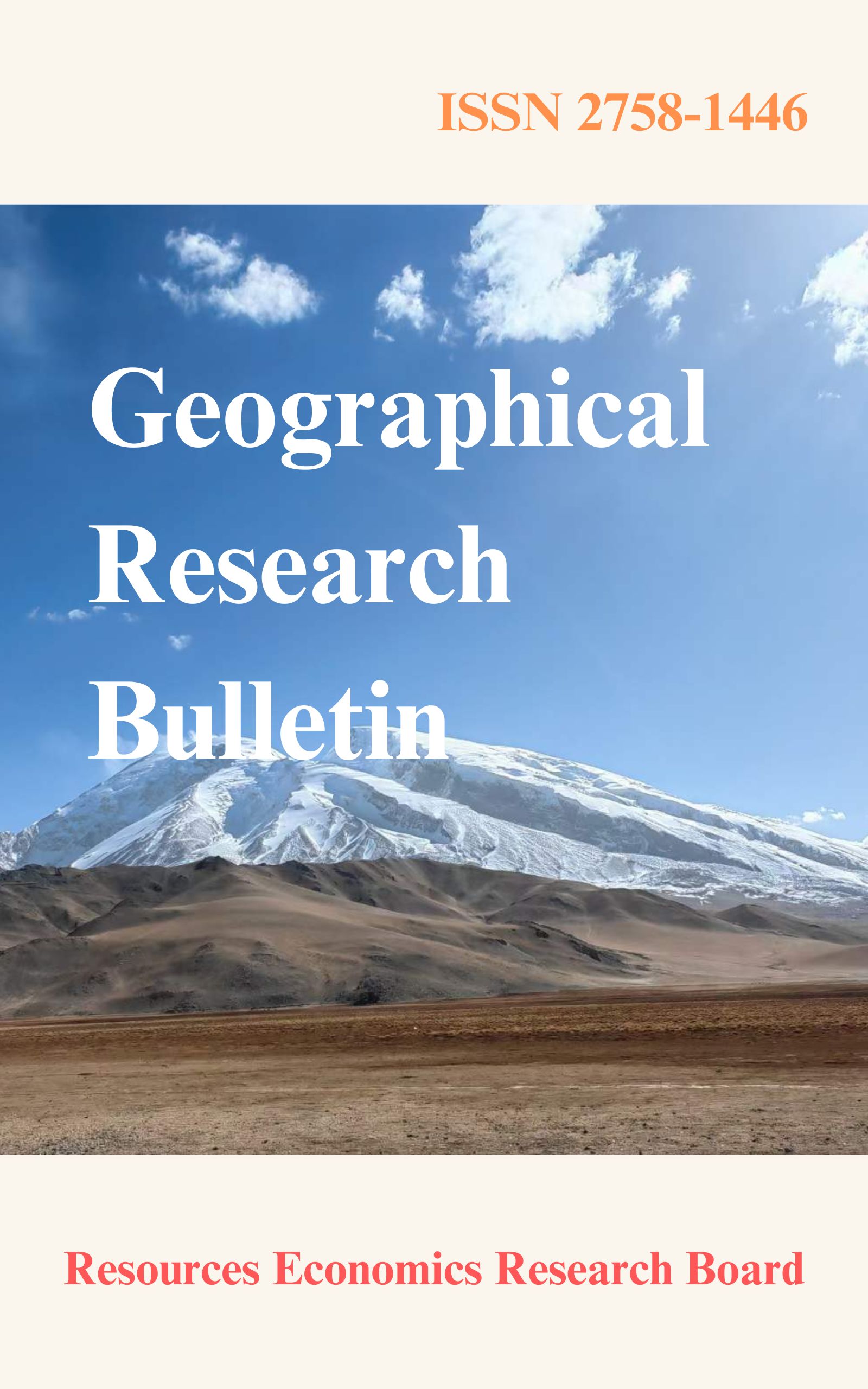Invitation: Opening New Horizons in Geography - 2024 Autumn International Forum on Geography
In the autumn of 2024, we sincerely invite all geography scholars to participate in the "Opening New Horizons in Geography" International Forum on Geography. This forum will be an innovative online academic event, providing a platform for global geography scholars to freely exchange ideas and engage in sustained discussions on an international stage.
The forum will be conducted online, innovatively combining pre-recorded video presentations and real-time interactive discussions. Participants can flexibly watch pre-recorded presentations by other scholars according to their schedules and engage in real-time online discussions on topics of interest. We will also publish the proceedings of the conference to continue stimulating intellectual exchange. Whether you are a seasoned scholar or a young researcher, regardless of your location, you are all equally welcome to participate. We look forward to your valuable research perspectives at this forum, initiating dialogue and jointly opening new horizons in the field of geography!
Forum Dates
December 15th to 17th, 2024
Forum Theme
Key topics include but are not limited to:
- Climate and Environmental Changes and Their Regional Impacts
- Agricultural Geography and Considerations for Food Security
- Urban Geography and Emerging Trends in Population Migration
- Coordinated Strategies for Regional Tourism Development
- Novel Applications of GIS Technology and Geographic Big Data
- Latest Discoveries in Polar and Marine Geography Exploration
- ...
Forum Format
The forum will be entirely conducted online, showcasing research contributions in either text or video format.
Conference Papers
(1) Short Paper Format: 2-3 pages in length, comprising only of title, abstract, main body, and references.
(2) Standard Paper Format: 4-8 pages in length, providing clear introductions to research background, methods, results, and conclusions.
Registration Fees
(1) Short Paper Submission (includes conference fee, paper publication fee, text presentation or video report permission): $120
(2) Standard Paper Submission (includes conference fee, paper publication fee, text presentation or video report permission): $350

